Table of Contents
Introduction
Baking brisket in the oven is a reliable method to achieve tender, flavorful results without specialized equipment. This step-by-step guide covers everything you need for perfect oven-baked brisket, from selecting the right cut to precise cooking temperatures and resting techniques. Whether you're a beginner or experienced cook, this recipe delivers consistent, restaurant-quality results every time.
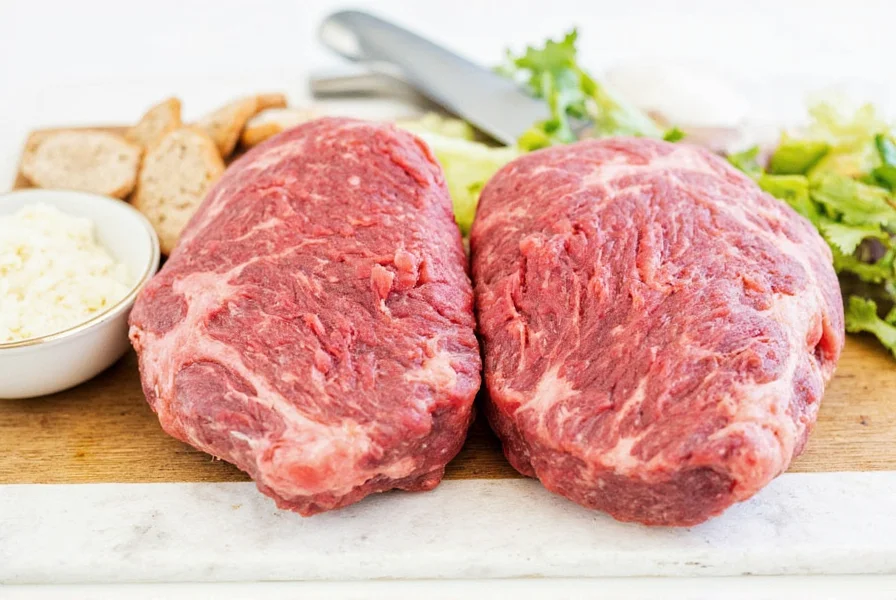
Ingredients
Here's what you'll need for a 10-12 pound brisket:
- 1 (10-12 lb) whole packer brisket, trimmed to 1/4-inch fat cap
- 3 tbsp coarse kosher salt
- 2 tbsp freshly ground black pepper
- 2 tbsp paprika (smoked or sweet)
- 1 tbsp garlic powder
- 1 tbsp onion powder
- 1 tbsp chili powder
- 1 tsp cumin
- 1/2 tsp mustard powder
- 1/4 cup apple cider vinegar (for spritzing)
- 1 cup beef broth (for moisture)
Step-by-Step Baking Instructions
1. Prepare the Brisket
Trim excess fat from the brisket, leaving a 1/4-inch fat cap. Pat the meat completely dry with paper towels. This ensures proper seasoning adhesion and crust formation.
2. Create the Dry Rub
Mix all spices (salt, pepper, paprika, garlic powder, onion powder, chili powder, cumin, mustard powder) in a bowl. Apply generously to all sides of the brisket, pressing firmly to adhere. For best results, refrigerate uncovered for 2-4 hours or overnight to allow flavors to penetrate.
3. Preheat Oven and Prepare Pan
Preheat oven to 225°F (107°C). Place a wire rack inside a large roasting pan. Pour 1 cup beef broth into the bottom of the pan to create steam and prevent drying.
4. Bake the Brisket
Place brisket fat-side up on the wire rack. Cover pan tightly with aluminum foil. Bake for 1.5 hours per pound (15-18 hours for 10-12 lb brisket), maintaining consistent oven temperature. Every 2 hours, spritz with apple cider vinegar to keep surface moist.
5. Check for Doneness
When internal temperature reaches 165°F (74°C), wrap brisket tightly in butcher paper or foil. Continue baking until probe-tender (195-205°F/90-96°C). The meat should feel like butter when tested with a thermometer.
6. Rest and Slice
Remove brisket from oven and let rest wrapped for 1-2 hours. This allows juices to redistribute. Slice against the grain for maximum tenderness.
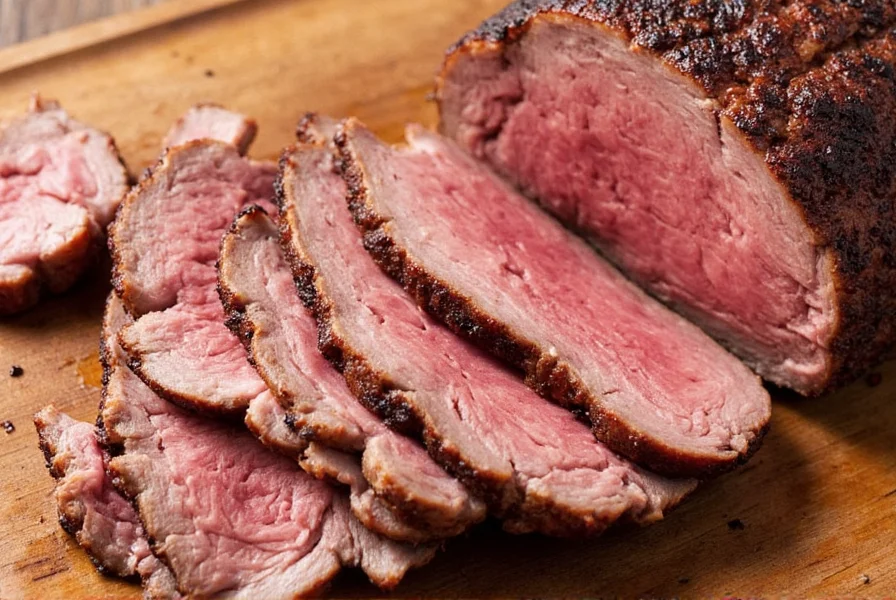
Pro Tips for Perfect Brisket
- Temperature Control: Use an oven thermometer to verify actual temperature. Fluctuations can cause dry meat.
- Wrapping Timing: Wrap at 165°F to push through the "stall" phase where evaporation slows cooking.
- Butcher Paper vs Foil: Butcher paper allows better breathability than foil, preventing soggy bark while maintaining moisture.
- Don't Skip Resting: Resting is critical for juicy results. Never slice immediately after baking.
- Save the Pan Juices: Strain and reduce pan drippings for an authentic gravy.
Frequently Asked Questions
How long should I bake brisket?
Baking time depends on weight and oven temperature. At 225°F (107°C), plan for 1.5 hours per pound. A 10-12 lb brisket typically takes 15-18 hours. Always verify doneness with internal temperature (195-205°F) and probe tenderness, not just time.
What temperature should I bake brisket at?
The ideal range is 225-275°F (107-135°C). Lower temperatures (225°F) produce more tender results but require longer cooking. Never exceed 300°F as this causes tough, dry meat. Consistent temperature is more important than the exact number.
Do I need to wrap brisket when baking?
Yes, wrapping (the "Texas crutch") is essential. Wrap tightly in butcher paper or foil when internal temperature reaches 165°F (74°C). This helps push through the "stall" phase where evaporation cools the meat. Butcher paper is preferred for better bark texture.
How do I know when brisket is done?
Brisket is done when it reaches 195-205°F (90-96°C) AND shows "probe tenderness" - a thermometer slides in and out with no resistance like warm butter. The meat should jiggle slightly when shaken. Temperature alone isn't sufficient; tenderness is the key indicator.
Should I trim the fat from brisket before baking?
Yes, but trim carefully. Remove hard fat to leave a 1/4-inch fat cap. This allows proper rendering while preventing greasiness. Never remove all fat - the marbling provides essential moisture and flavor during cooking.
Can I bake brisket without a smoker?
Absolutely. Oven baking is a proven alternative to smoking. Maintain low, consistent temperatures and proper wrapping to replicate smokehouse results. For smoky flavor, add 1-2 tsp liquid smoke to the dry rub or beef broth.
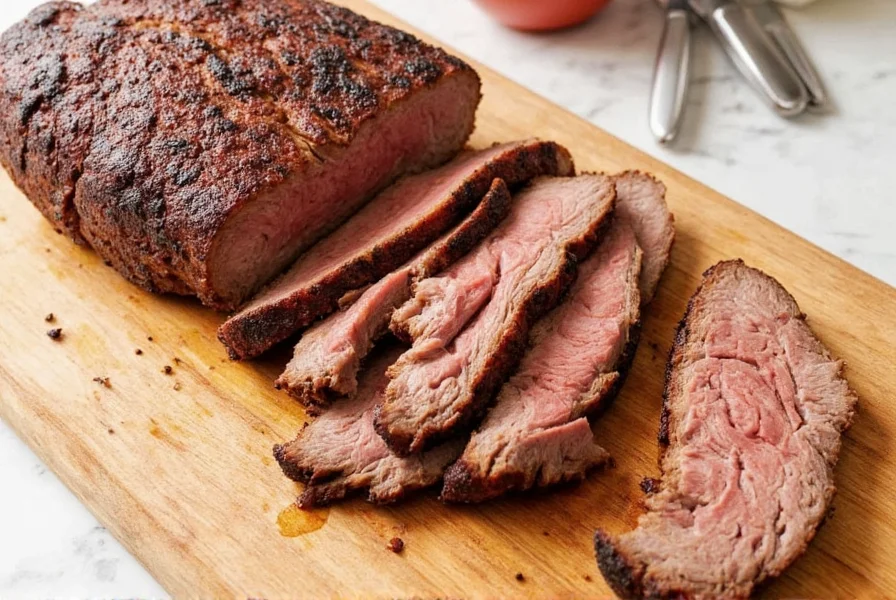
Conclusion
Mastering oven-baked brisket is achievable with the right technique and patience. By focusing on precise temperature control, proper wrapping, and adequate resting time, you'll consistently produce tender, flavorful brisket that rivals professional results. Remember: great brisket isn't about speed - it's about respecting the cooking process and letting the meat develop its full potential.
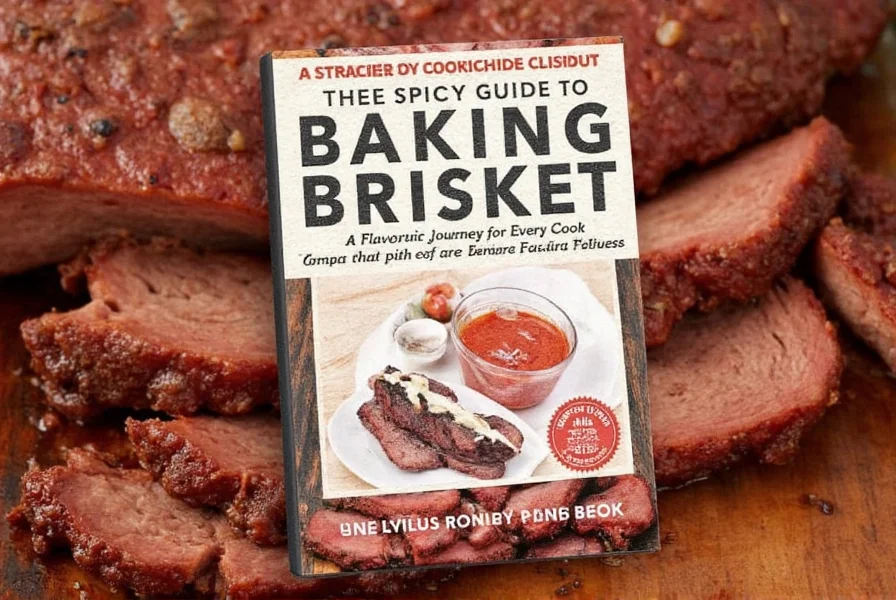

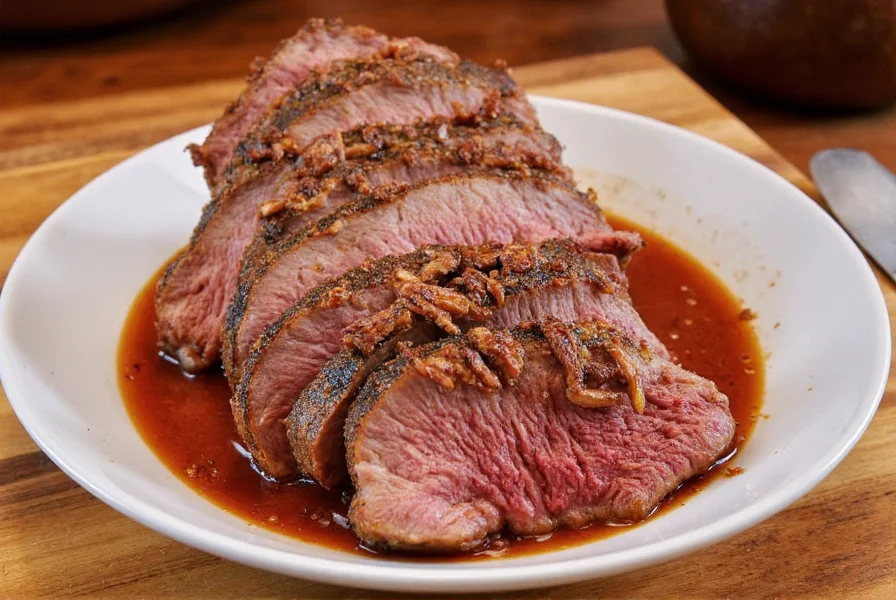









 浙公网安备
33010002000092号
浙公网安备
33010002000092号 浙B2-20120091-4
浙B2-20120091-4